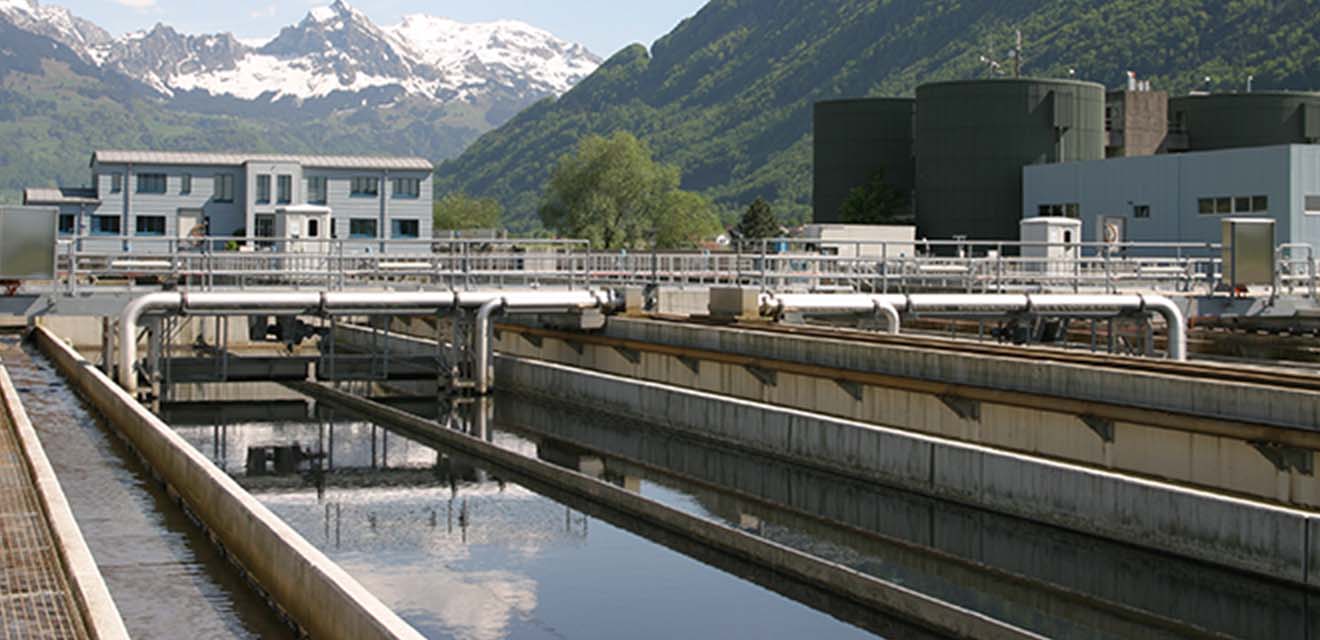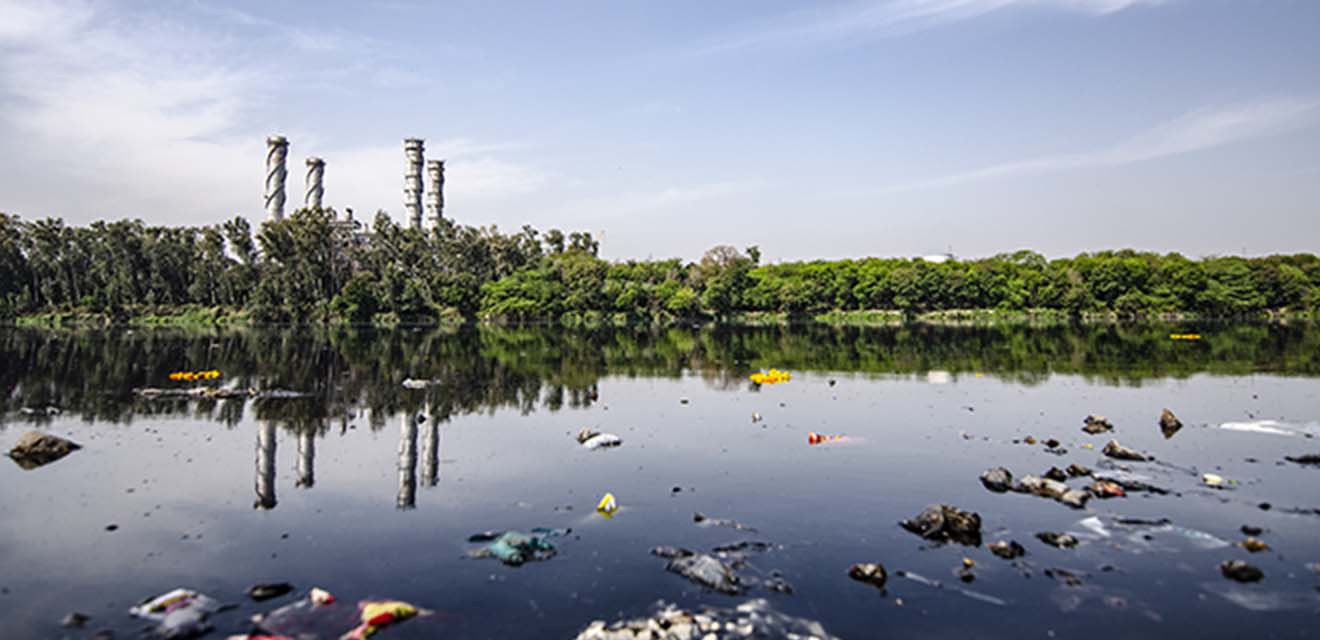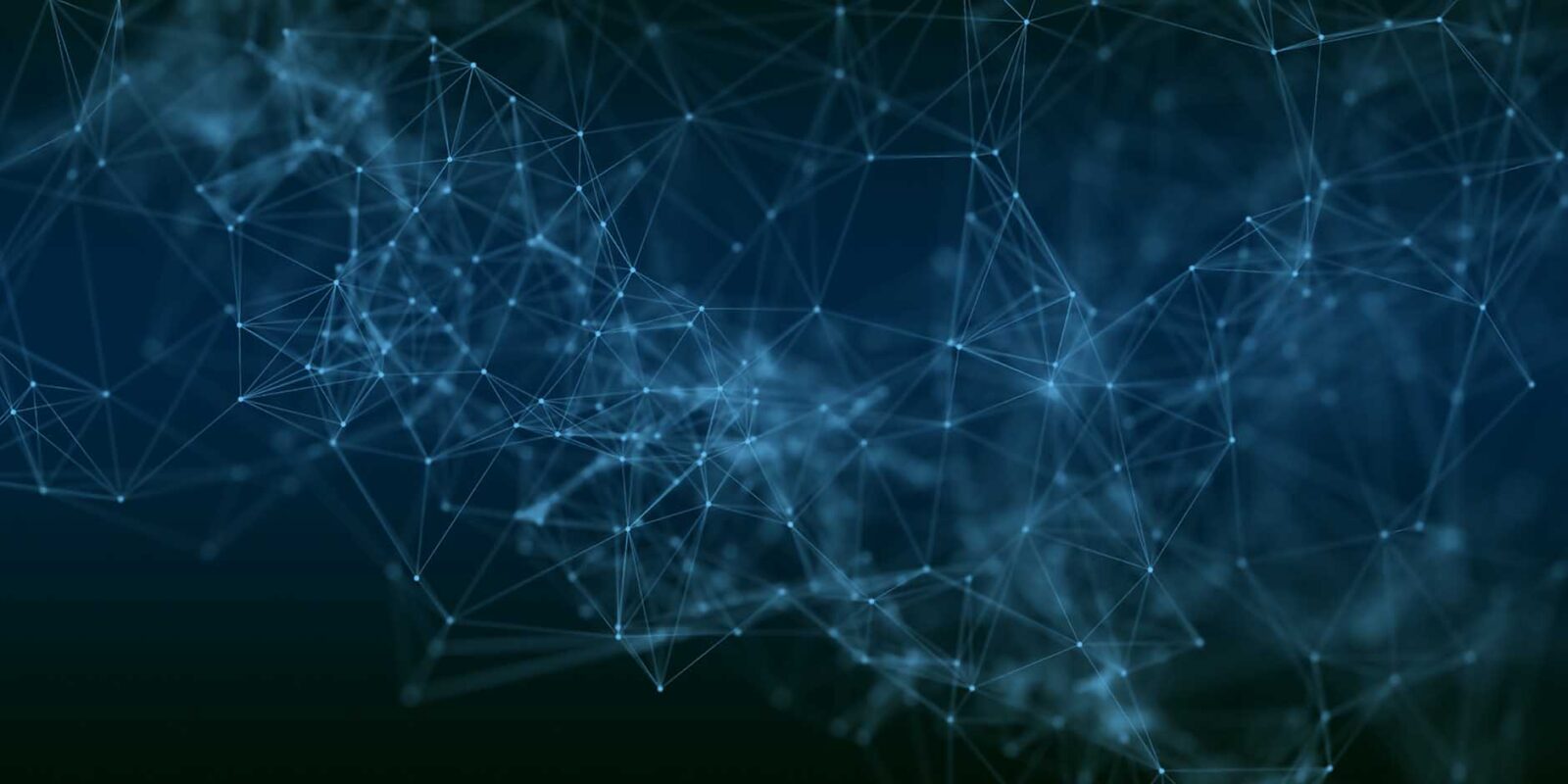In short
- We’ve got less than a decade left to achieve the UN’s Sustainable Development Goals. Digitization can help achieve this;
- A growing number of companies are adopting smart solutions in the water sector;
- Digital Twins can be employed for real-time monitoring, predictions, and automated responses and performance reports.

We’ve got less than a decade left to achieve the UN’s Sustainable Development Goals (SDGs). The 17 SDGs were adopted by all UN Member States back in 2015 as part of the 2030 Agenda for Sustainable Development. The goals act as a shared vision to improve people’s lives and to protect our planet.
Most important, they push for a change in perception – the first step in effecting real change.
Indeed, progress is slowly but surely being made across industries. We’re seeing how governments, civil society, and the private sector are developing plans and strategies to achieve this vision. But action to meet the goals is not advancing at the speed required. It’s concerning that today, “more than 80 per cent of wastewater resulting from human activities is discharged into rivers or sea without any pollution removal.” (UN.org)
The value of being “smart” in water
Digitization has almost become a buzzword in our lives. It refers to advances in digital technologies, such as Artificial Intelligence (AI), big data analytics, cloud computing, Machine Learning (ML), and the Internet of Things (IoT).
For the water industry, it’s the way forward to a greener future; and a means of coping with environmental challenges that threaten water security.
We’re witnessing a growing number of companies adopting smart solutions in the water sector.
In many wastewater treatment plants, sensors are already collecting data. Yet, this data isn’t always used to support proactive actions, although it could be leveraged to improve operational performance, reduce operational costs, lower carbon footprint, and ensure resiliency.
Digital Twins are a good example. They’re virtual representations of assets, environments, and processes. Digital Twins can therefore be employed for real-time monitoring, predictions, and automated responses and performance reports.
By employing Digital Twin modelling, operators of wastewater facilities can shift from a reactive approach that only relies on sensor data to a proactive strategy that uses data-driven and simulation models to optimize decision-making and the management of operational processes.

With sustainability, digital transformation can help fight environmental degradation through sustainable practices. It can also drive action to be taken globally – employing smart solutions and more resources, pushing for leadership changes; and locally – setting new policies, budgets, and regulatory frameworks for governments and authorities.
In the water sector, companies can set their own goals for sustainability in the water sector, or they can follow targets set by international organizations, such as the UN’s SDGs.
Smart solution for water pollution
At LG Sonic, our mission is to “deliver smart solutions to fight environmental pollution and eliminate harmful chemicals in the water treatment industry.” In line with our mission, we focus on the UN’s SDGs on which we can have a direct impact:
- 6.3 By 2030, improved water quality by reducing pollution, eliminating dumping and minimizing the release of hazardous chemicals and materials, halving the proportion of untreated wastewater, and substantially increasing recycling and safe reuse globally.
- 6.6 By 2020, protect and restore water-related ecosystems, including mountains, forests, wetlands, rivers, aquifers and lakes.

Improving water quality and reducing pollution through digitization is at the core of LG Sonic.
Our systems combine in-situ, meteorological, and satellite data to analyze water conditions accurately. They collect information every 30 minutes (48 times a day). Each time, 21 data sets are being measured. These sets include algae and water quality parameters, and sensor, system, and battery level status. This means that per day, 1008 data sets are being measured by each system. To illustrate this, on a lake with a surface of 7 km, 50.400 data sets are being generated per day.
This information is stored in an online software (MPC-View), making it easily accessible and reliable to anyone, anywhere. By integrating Machine Learning technology, our systems create predictive models, which assist water managers in making informed decisions and help them to take proactive approaches.
